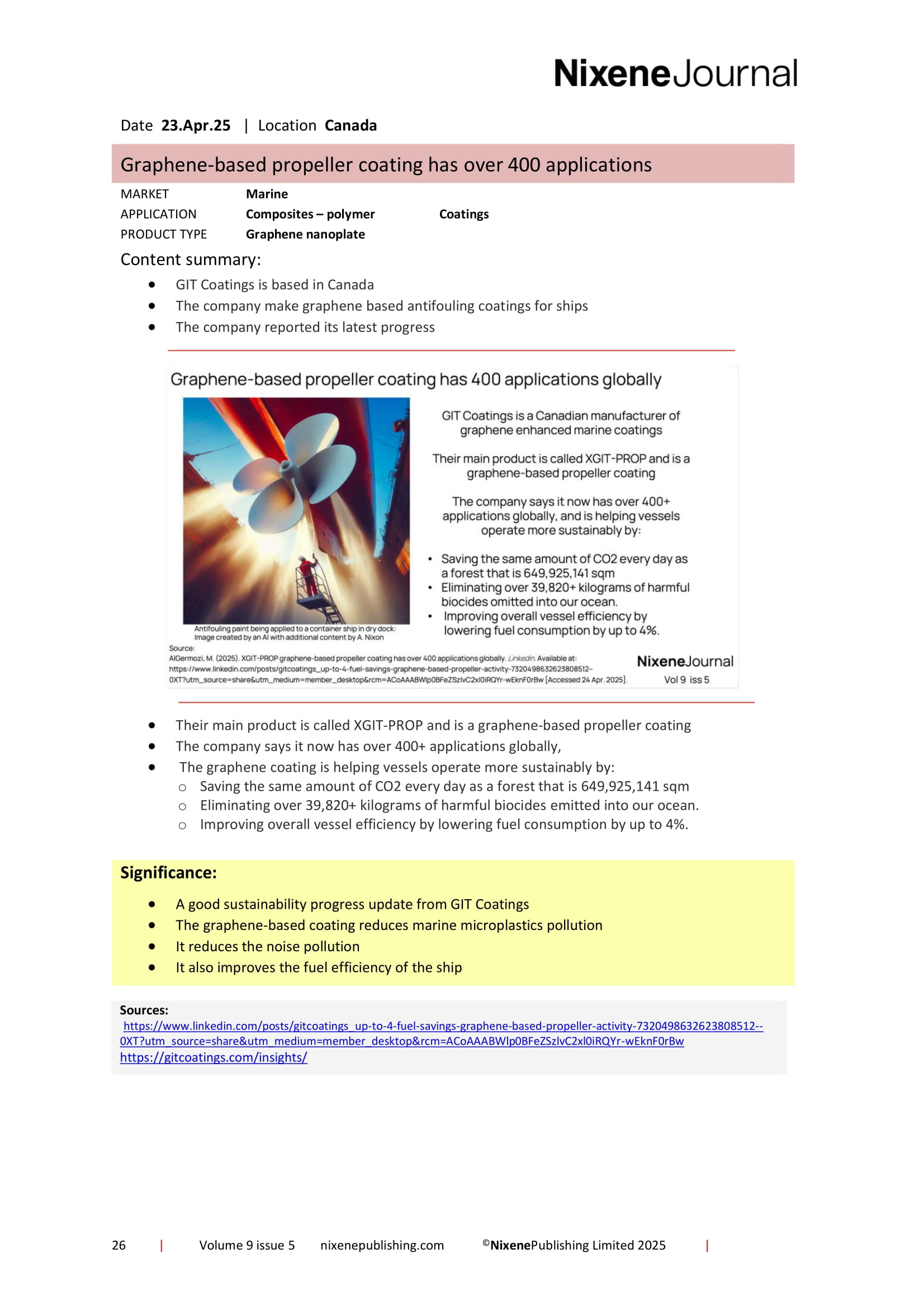Journals
This product is relevant to the following:
Material:
Other:
, ,Locations:
Markets:
Applications:
Product Types:
Technologies:
Related products
-
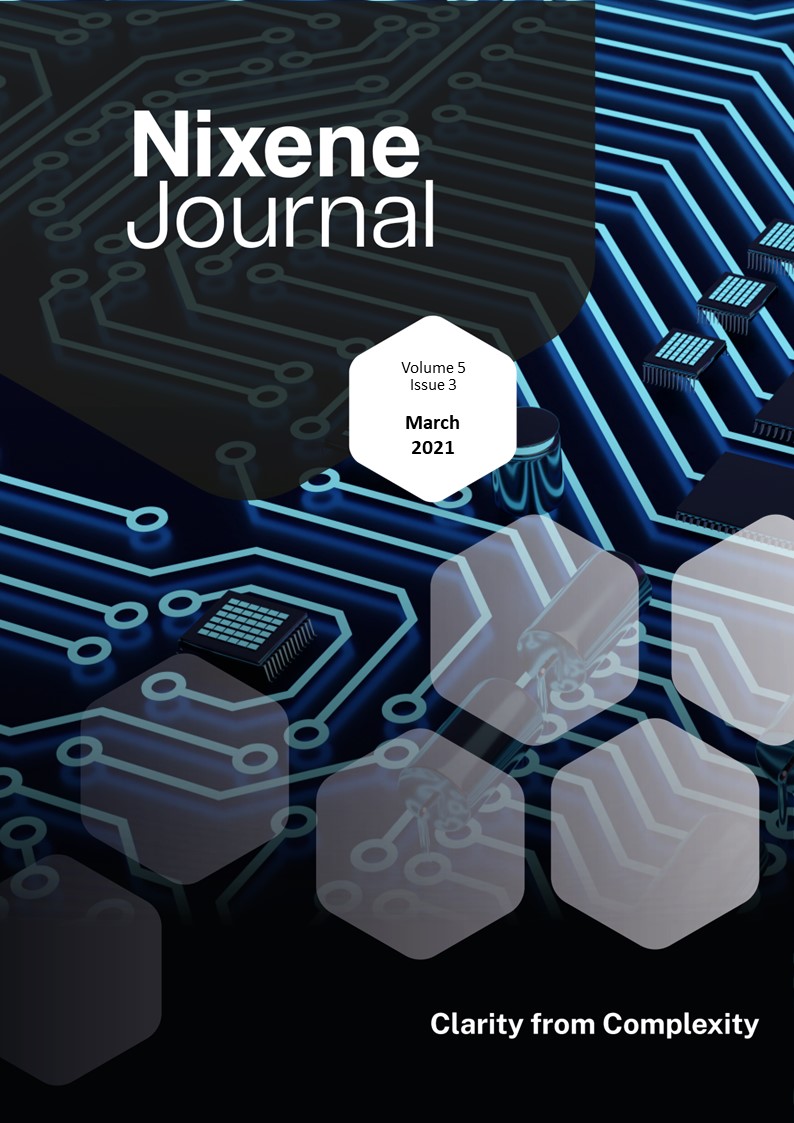
Vol 5 Issue 3
Graphene and 2D materials are still creating scientific progress and the pace is if anything speeding up. You may recall from 2018 that MIT discovered twisted bilayer graphene displayed superconductivity. Andre Geim said this was a genuine surprise when we interviewed him at the Graphene industry showcase event (Vol 4 Iss1 p.8). Well, the MIT team have been exploring this field of twistronics and have now found that using trilayer twisted graphene creates more robust superconductivity at slightly higher temperatures. This points the researchers towards more layers of graphene. Maybe people will start to realise multilayer sheet graphene is much more than graphite. In another development, liquid mercury has been turned into a solid by graphene and the resulting composite has promise for making a new generation of catalysts that could replace more expensive noble metals such as platinum and gold. This finding might also create the possibility to remove liquid mercury contamination from oil and gas processing. Sparc technologies in Australia has some profile this month. They have developed a functionalised graphene with the University of Adelaide. This is showing promise for land remediation and also early work is showing it has some value adsorbing precious metals from mining waste. Sustainability applications like these attract our attention, especially if followed by commercial success. Swedish company 2D fab is working on a project with Swedish research institutes to commercialise a new process for making hydrogen peroxide (H2O2) using graphene paper electrodes. H2O2 is an important industrial product used for bleaching and is an important ingredient in many consumer products. The current process for making H2O2 is energy intensive and creates waste. This new process promises to be lower energy without waste and is more environmentally sustainable. The project should complete by April 2023. Keeping the sustainability theme this month, we also see that the GEIC has started to engage with graphene enhanced concrete, This is really good news. Regular readers will know that we believe graphene in concrete will eventually become the biggest application because it has the potential to reduce global carbon dioxide emissions by 2% with very little impact on our lifestyles. A message that perhaps might reach the ears of those attending the UN Climate Chance conference later this year. As usual there is so much more to explore in this issue, including two special features by Debbie Nelson that are well worth reading. Adrian Nixon, 1st March 2021£45.00 View product -
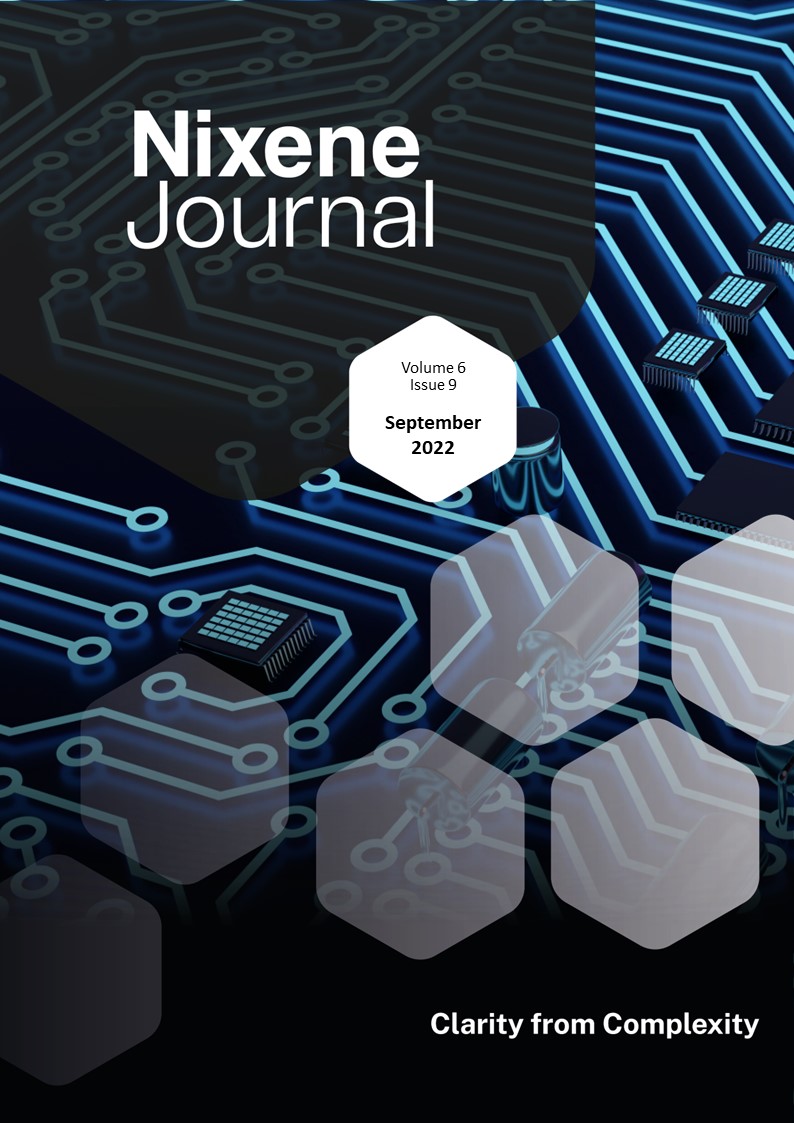
Vol 6 Issue 9
Andre Geim’s work appears twice in this issue. He has been working with researchers in China and developed a straightforward method of recovering metallic gold from e-waste. This starts with an e-waste liquid stream where the precious metals have been dissolved in acid. Reduced graphene oxide powder (rGO) is mixed with this waste stream. rGO is composed of nanoplates with oxygen containing groups around the edges and a graphene surface in the middle. The groups round the edge help the nanoplate mix with the water in the waste and the graphene surface attracts and reduces the gold ions in solution to solid gold metal. It is surprisingly straightforward. The process is also extremely efficient, recovering nearly 100% of the gold even when vanishingly small amounts of gold is present. Andre was also interviewed by Forbes magazine this month. He was asked how he manages to be so innovative when others are less so. He replied that having a wide range of interests was a key part of his success: “Too many people move from scientific cradle to scientific coffin without deviation” …and went on to say: “You have to enrich yourself, to improve your chances to find something new and interesting that other people didn't find before” Not only a recipe for success in science but a good philosophy for making our own luck for the rest of us too. Elsewhere in this issue, articles cover topics such as the renewed investor interest in graphene companies. Over £11million has been invested in graphene companies this month. Researchers have turned graphene into diamond, and others have been discovering more about the electrical properties of twisted layer graphene. In Malaysia, the traditional industry of natural rubber harvesting is exploring creating high altitude balloons made with graphene enhanced rubber to launch satellites into low earth orbit. Quite a leap forward. Read on and enrich yourselves… Adrian Nixon 1st September 2022£45.00 View product -
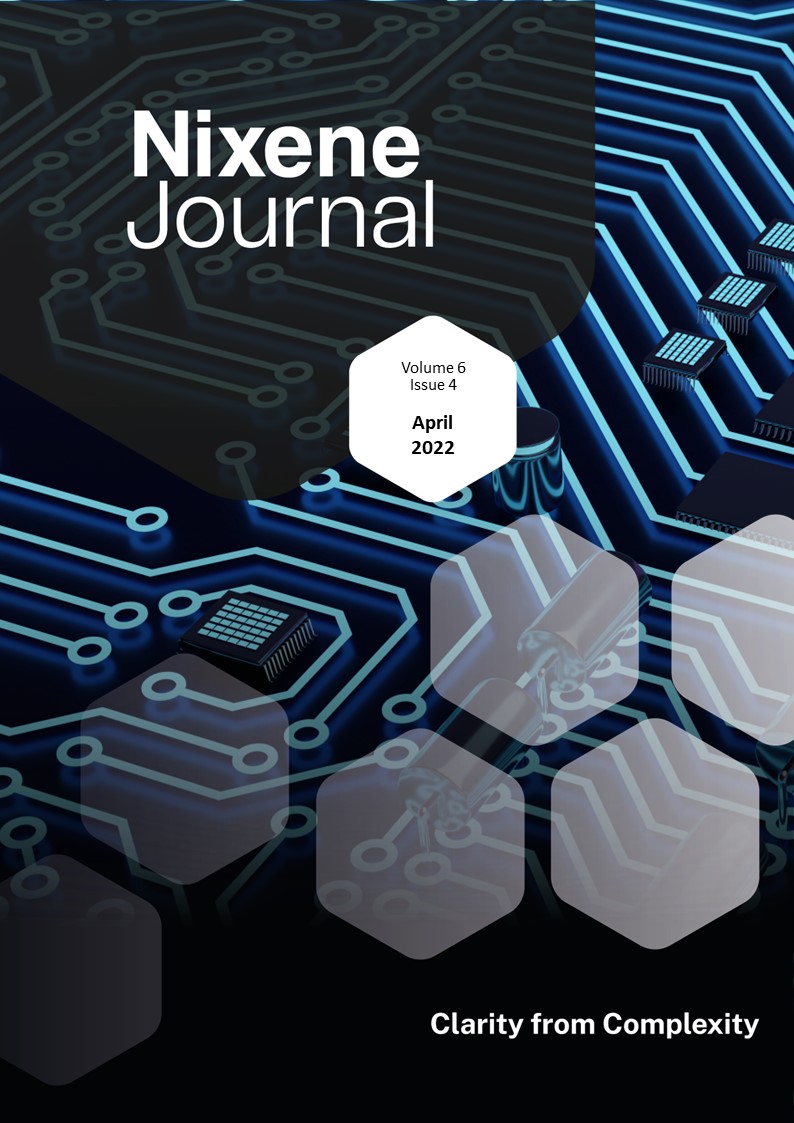
Vol 6 Issue 4
We begin this month with a review of a new book by James Baker and James Tallentire – “Graphene: The Route to Commercialisation.” This book will be released later this month and well worth a read. It is part history of the graphene story and part how-to-guide to create a sustainable innovation ecosystem for new advanced materials. Graphene composites are making the news. The graphene-asphalt road trials in the UK have produced successful results. Oxfordshire County Council reports that graphene-enhanced asphalt improves the life of the road surface by 70%, and graphene enhances the stiffness of the surface, making it less prone to rutting. Another trial is underway on a 700m stretch of road with heavier traffic to see if similar benefits are reported. Korea is experimenting with graphene-metal composites to build new power lines for its electricity grid. The national power company announced a research project to enhance the power transmission capacity of the country’s energy distribution network. On a smaller scale, researchers in the USA are using graphene oxide scaffolds to create new bone using stem cells. Graphene oxide has been making more appearances on social media. Reuters felt compelled to investigate claims that graphene oxide was being put into ibuprofen tablets. Their conclusion was that these are false claims. Elsewhere, rather serious accusations are starting to emerge about one of Canada’s biggest graphene companies. Zentek (previously Zen Graphene Solutions) has been accused of unethical business practises. Prof. Rodney Ruoff’s group in Korea have been working with teams in Saudi Arabia and China to make large area single-crystal graphene. They used the chemical vapour deposition (CVD) process but allowed graphene to diffuse into the copper metal close to its melting point. This grew the graphene at the interface between the metal and a sapphire substrate. They added another clever step by diffusing nitrogen into the copper then rapidly heating the sample. This caused the nitrogen to expand, blowing off the copper, leaving the graphene exposed and undamaged. We can expect the team to speed up and scale up the process over the coming years. This team is one to watch. There are many more things to watch out for in this issue, dear reader. I will delay you no longer and let you dive into this month’s carefully curated content… Adrian Nixon, 1st April 2022£45.00 View product -
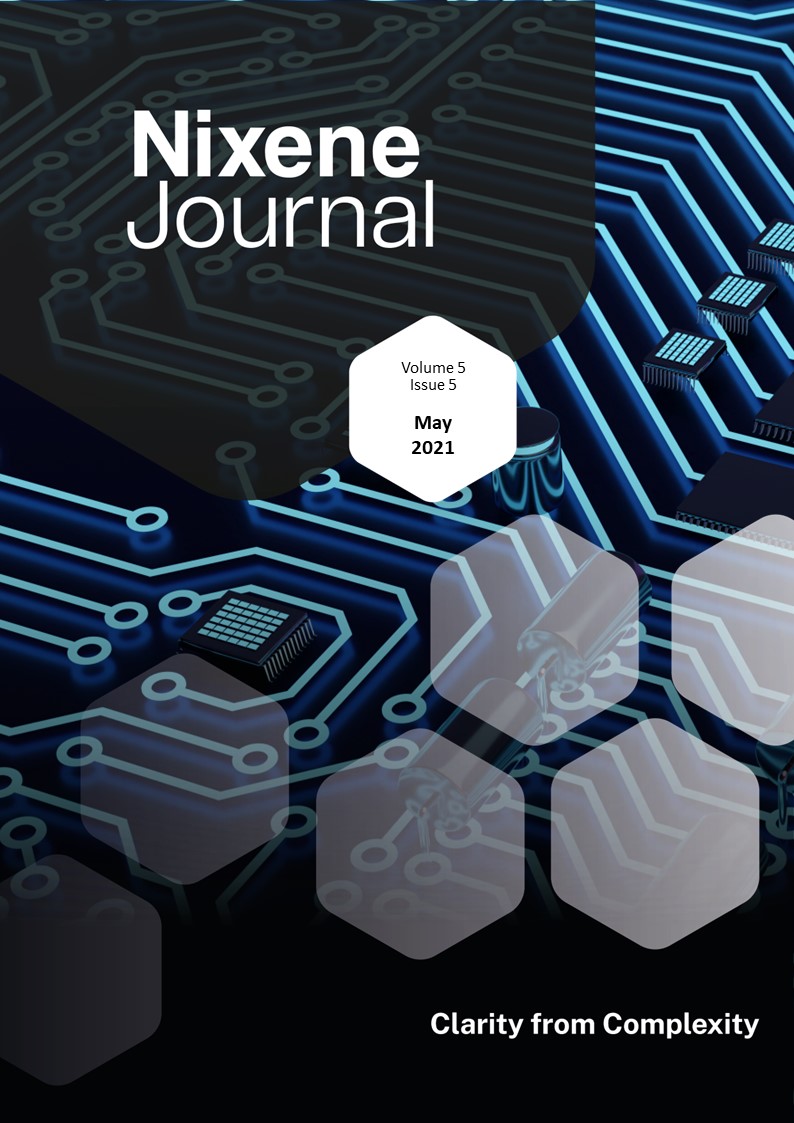
Vol 5 Issue 5
It is not every month that a new allotrope of carbon is announced. The last time this happened was back in 2019 when researchers in the UK and Switzerland made a ring of 18 atoms called cyclocarbon (Vol3 iss9 p.12). This month a joint team in Germany and Finland have made a flat sheet of carbon atoms with 4 6 and 8 rings. They call this new material a biphenylene network (BPN). This new material seems to be exciting the researchers because it exhibits metallic character. It also opens the door to explore other potential allotropes of carbon. Graphene-metal composites also make another appearance this month. Two Indian organisations have been working on aluminium-graphene composites (Al-G). Tirupati graphite says it has made an Al-G composite that has 95% the electrical conductivity of copper with the light weight of aluminium (although no has been presented yet). The Maharaja Agrasen University has published a peer reviewed paper showing that 1% graphene powder produced a 67% increase in the ultimate strength of the aluminium composite. A joint team in the Netherlands and Germany has made a Pirani pressure sensor from multilayer CVD graphene. It is not only 100 times smaller than the state-of-the-art sensors; it consumes a fraction of the power and is so sensitive it can detect different gas molecules. Aerospace and automotive applications abound. A new car company, Viritech, has announced it is building an electric supercar with a range of 800km and a top speed in excess of 300km/hr. The company has rejected batteries in favour of a hydrogen fuel cell to generate the electricity. The hydrogen storage tank is made from graphene enhanced carbon fibre and is an integral part of the chassis. Production is due to start in 2023. Graphene enhanced concrete made the headlines this month. British construction company Nationwide Engineering and the University of Manchester’s Graphene Engineering Innovation Centre (GEIC) have created graphene enhanced concrete for the whole floor of a new building in Amesbury, UK. As well as being a practical success in CO2 reduction the use of graphene has reduced the quantity of materials involved by 30% and potentially cut the costs between 10 and 20%. This will catch on. Adrian Nixon, 1st June 2021£45.00 View product

